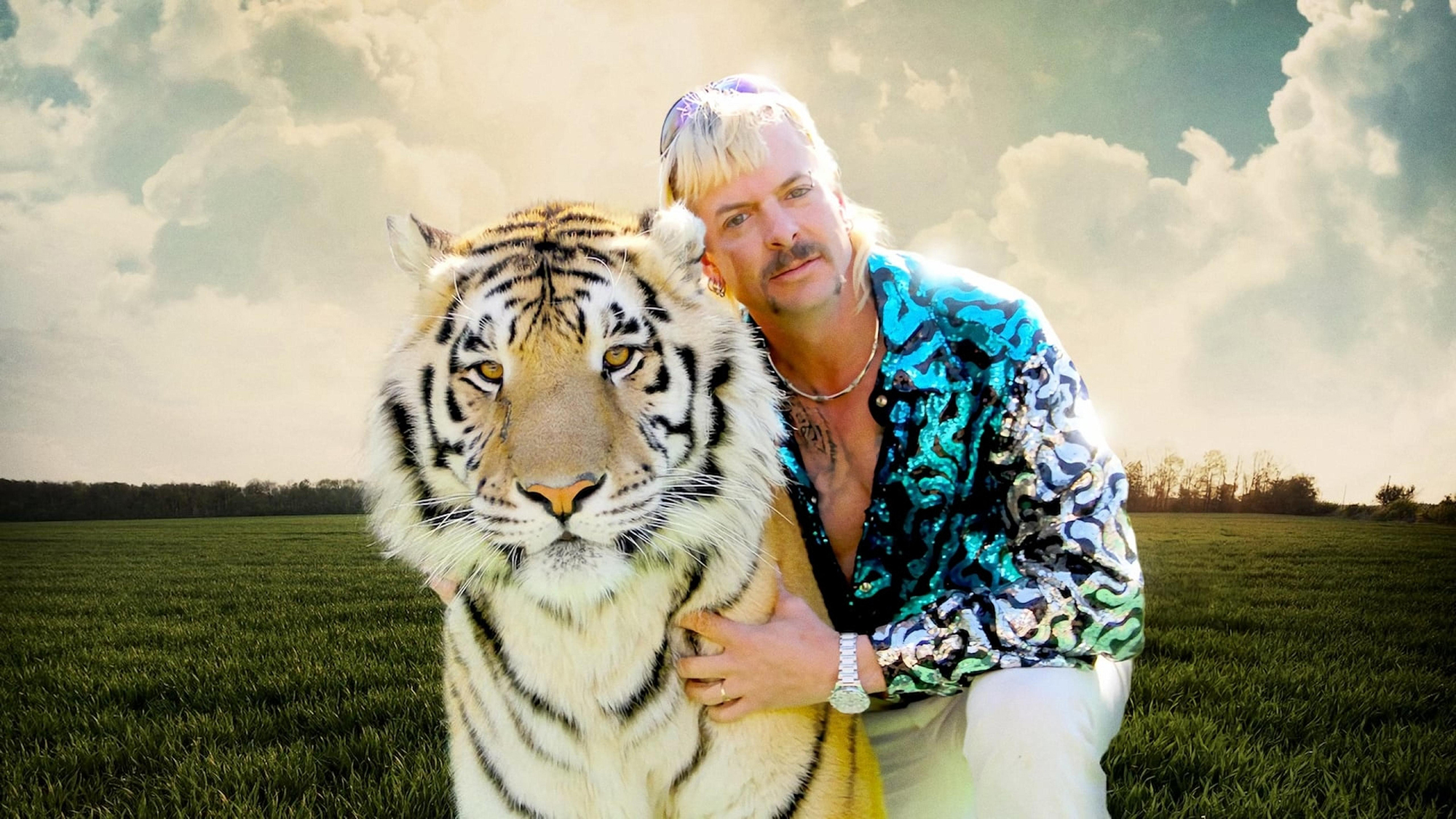Unless you’re living under a rock, in a cave, on a remote island, on another planet, you’ve undoubtedly been exposed to two things in recent times.
Firstly, we’ve all had to change the way we live, work, shop, and socialise because life as we know it has fundamentally changed due to the coronavirus.
Secondly, The Tiger King is streaming on Netflix—millions of people have watched it, and a whole lot of online conversation is occurring around how great (or not) the show is.
For better or worse, these two events are intrinsically linked. Without people having a lot more time on their hands stuck at home, it’s unlikely that so many people would have watched The Tiger King docu-series.
Tiger Sadness
In watching the series, it was amazing to see these beautiful animals roam and play. It was also devastating to see such cruelty that was behest upon many of them. Sub-standard facilities with enclosures that were restricting and restrictive to these beautiful, wild animals. Staff that were more concerned with themselves, rather than concerned with the welfare and well-being of the animals in their charge.
Often, these scenes were painful to watch. Even the possible destruction of these creatures simply because they might not have been able to afford to keep them warm and fed is devastatingly heartbreaking.
Spoiler alert: In the end, staff lost their jobs, the owner went to prison, and many animals lost their lives due to mismanagement.
I am sure you can see where this is heading…
Care and Improvement
Imagine how things could have played out for the tiger zoo if the owner wasn’t so selfish, so stubborn, and so unwilling to allow themselves to be guided into better ways of doing things!
Patrons would have continued streaming through the gates, the business would have been highly profitable, employees would be working with animals that they love, whilst educating the community on their plight, and the owner would be very happy with the business.
These lessons directly translate into most businesses—but the one they translate the best into is healthcare.
As leaders in the industry, it would be devastating if patients had similar experiences to those beautiful tigers. Unfortunately, sometimes our patients do have a similar, albeit human, experience.
Sub-standard facilities and operations, staff who are unfocused, overworked, underpaid, and management who need to relearn what they got into the industry for in the first place.
All Is Not Lost
In any business, one thing is for certain. If you are scrambling to load up a trailer full of your valuables in the middle of the night so that you can escape a crumbling empire, you’ve probably gone wrong somewhere.
Many healthcare organisations are, understandably, having a hard time at the moment. It’s at this point that we want to ensure we are giving those in our care the best experiences that they can have, as it’s hard enough for them, too.
The end result of improving patient experience while in the middle of a crisis will likely be an increase in positive stories about your organisation, improved experience metrics, and even a growing bottom line, as people seek out your organisation in their time of need.
The most important lesson that we can learn from The Tiger King is simply that we can all improve what and how we do things. Most often we are not able to do that by ourselves, and we might need to ask for help, be humble, and work to grow for the better. The alternative isn’t great.
To better understand the cost benefits of improved patient experiences, reach out to us. We can help you map out an improvement strategy that targets your problems directly and generates the best experiences for your patients, clients, partners, and staff.





